The rather tidy-looking board does not hide any secrets. Power supply, input range, GPU and memory are located exactly where you would have expected them at first glance. GPU power supply is a normal 6+2 phase design, with single phases without a doubler for the GPU.
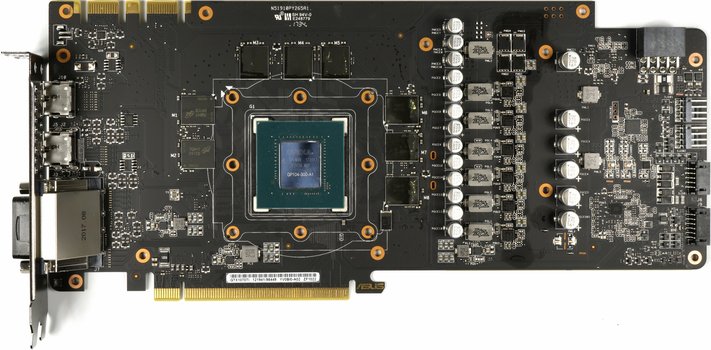
UPI Semiconductor's uP9022 directly controls the six Power-Stage chips. Asus relies on on the cheaper SiC620 from On Semiconductor, which are asymmetric Dual N-Channel MOSFETs with integrated Schottky diode that realize both the high and low-side.
The power supply of the memory is released via an uP1666 from uPI Semiconductor, which can provide the total of two phases as a buck controller. The control is taken over by a pair of one NVTFS4C06 and one NVTFS4C09 On Semiconductor per phase. The necessary gate drivers already contain the uP1666, so you don't need separate ICs. Positioning is above the GPU phases.
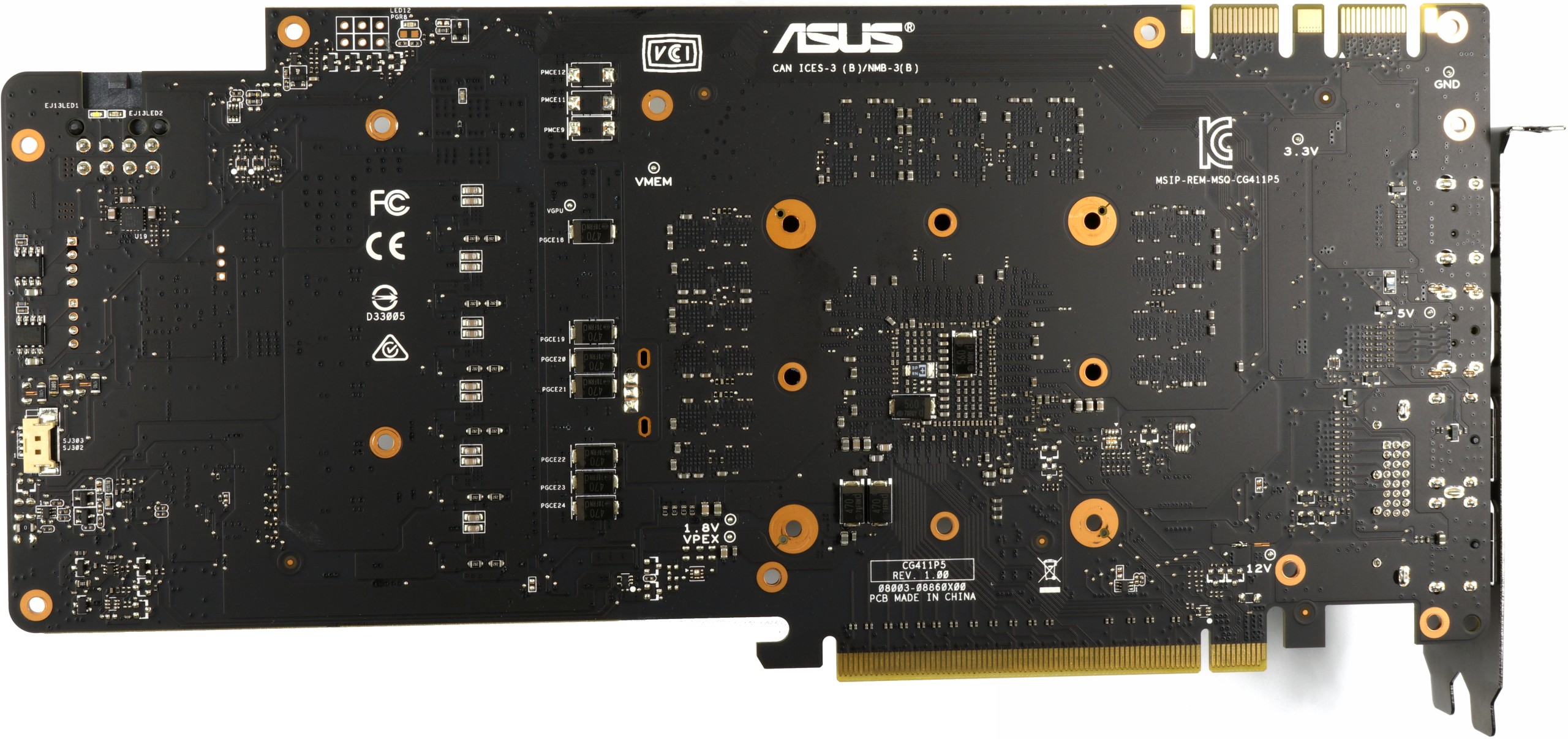
The back is largely free of larger active components except for some voltage converter MOSFETs for the peripherals and some SMD capacitors. The voltage converter range seems very tidy and one unfortunately wasted the chance to actively include the backplate in the cooling by means of a thermal pad.
GPU Power Supply |
||
|---|---|---|
| PWM Controller | uP9022 UPI Semiconductor 6-phase PWM controller |
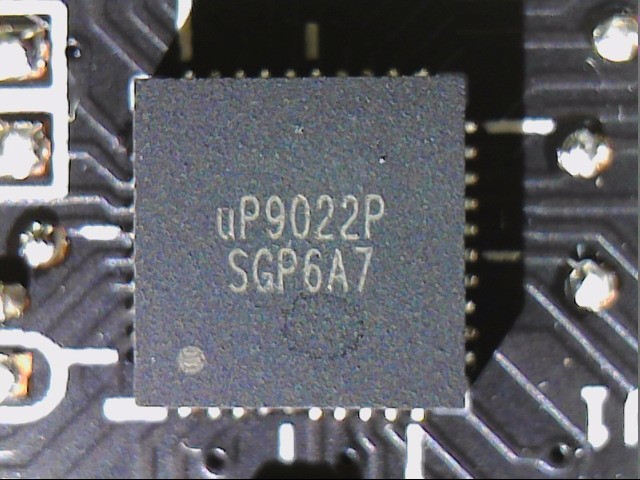 |
| Power Stage | SiC620 Vishay Asymmetrical Dual N-Channel MOSFET Integrated Schottky Diode |
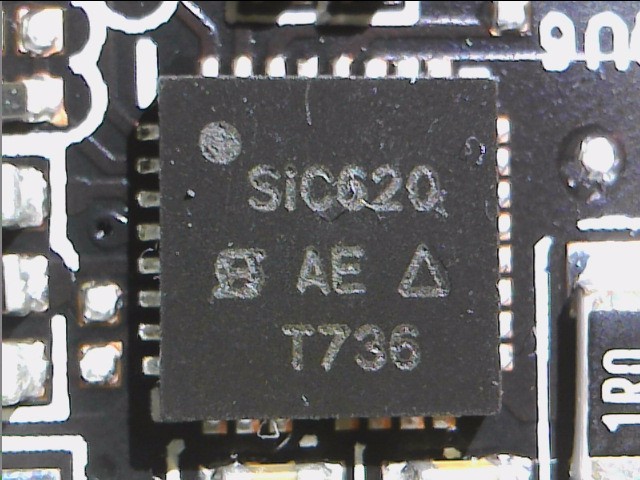 |
| Coils | Encapsulated Ferrite Choke SAPII ("Super Alloy Power") |
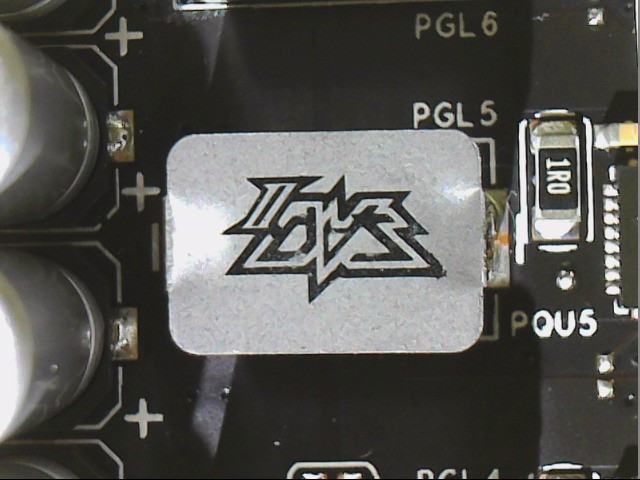 |
Memory and power supply |
||
| Modules | MT51J256M32HF-80 Micron GDDR5, 8.0 Gb/s 8 Gigabit (32x 256 MBit) eight modules |
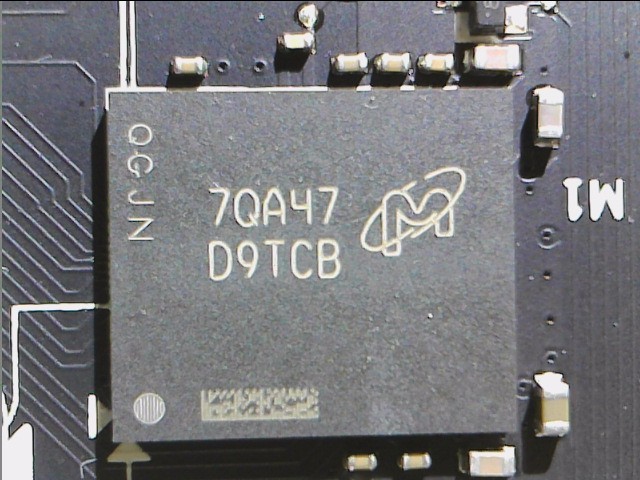 |
| PWM Controller | uP1666 uPI Semiconductor 2-Phase Buck Controller |
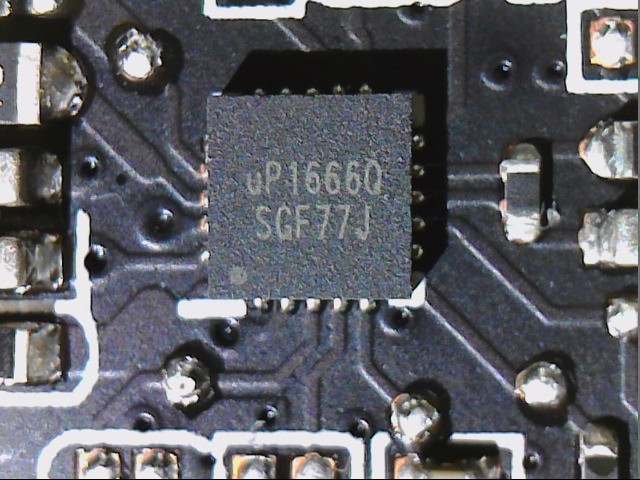 |
| Vrm |
2x NVTFS4C06 + NVTFS4C09 On Semiconductor Single N-Channel MOSFETs High-Side / Low-Side |
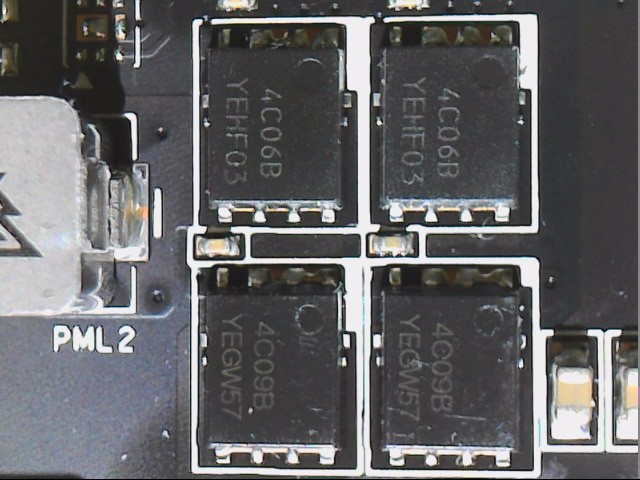 |
| Coils | Encapsulated Ferrite Choke SAPII ("Super Alloy Power") |
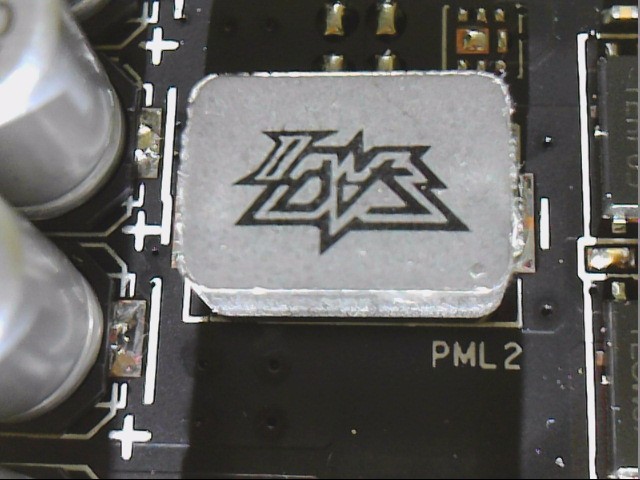 |
Other components |
||
| Monitoring | INA3221 Monitoring Chip Currents, voltages |
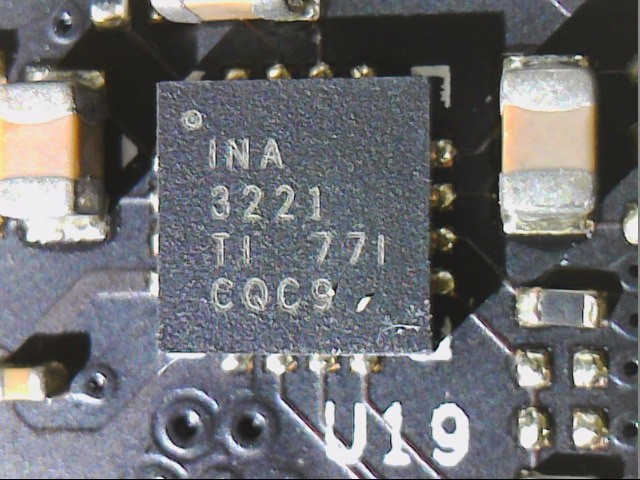 |
| Bios | 1x 25WQ040 EEPROM BIOS Single BIOS |
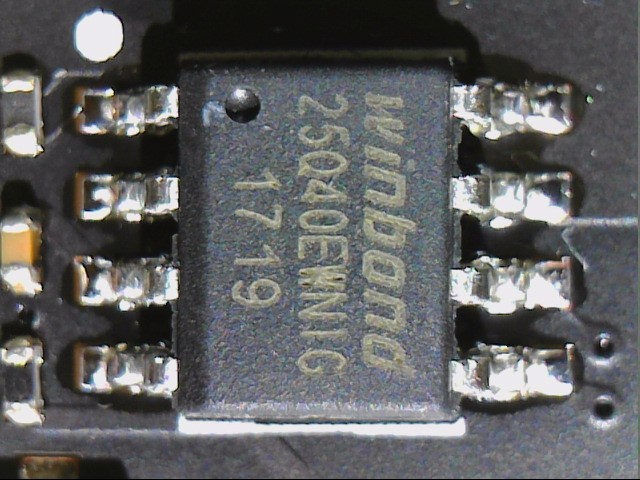 |
| Sensor | 8915FN IO/HUB |
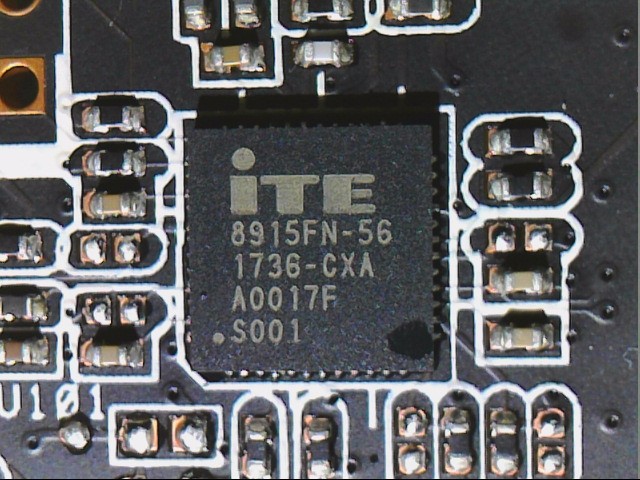 |
| Entrance Area |
Shunts 2x 680nH and 2x Shunts (GPU and Memory) |
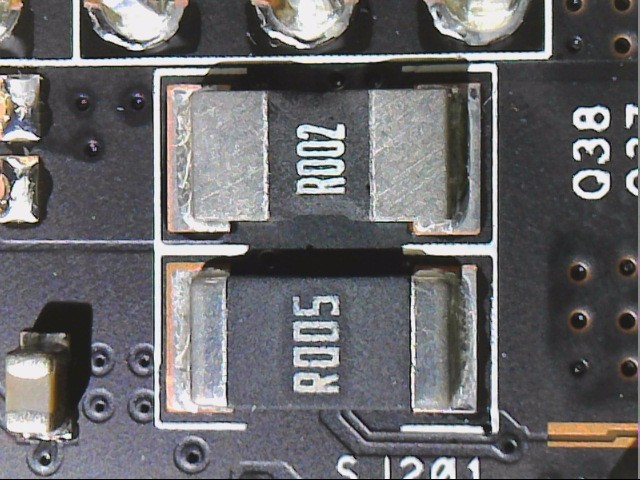 |
More details
|
||
| Other Features |
– 8-pin PCI-Express connectors for power supply – Filter coils in the entrance area – proper coil assembly – 6 simple phases for the GPU |
|
















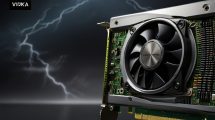















Kommentieren